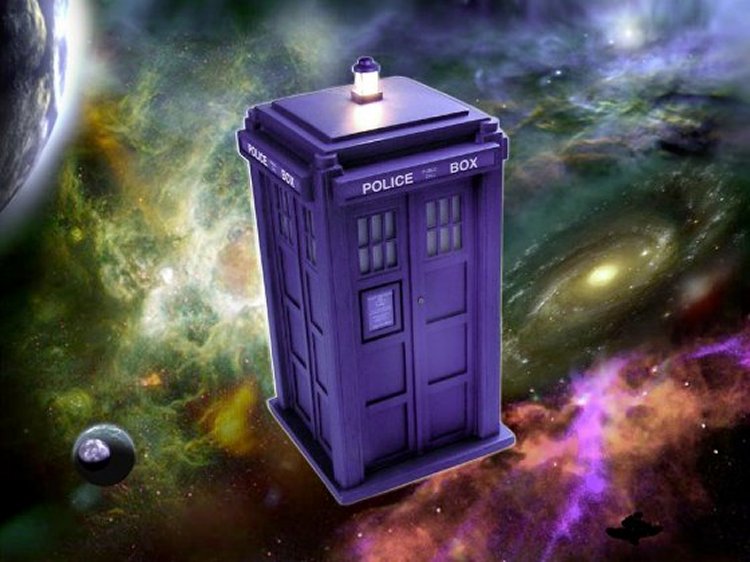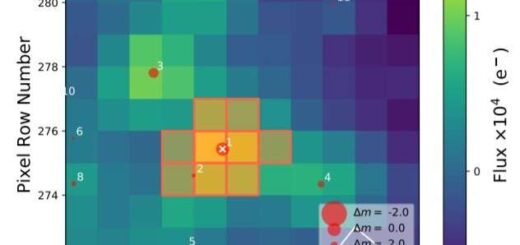Time Travel Is Mathematically Possible And We Have A Model For A Time Machine – Scientist Says
– Whether time travel is possible is a subject that has been debated for many years. Ancient people were interested in time travel and so are modern scientists.
Time travel is generally associated with science fiction, but physicists know that time travel is a serious prediction of Einstein’s general relativity equations.

According to a new study, time travel is possible and one researchers says he has developed mathematical model for a viable time machine.
Ben Tippett, a theoretical physicist and mathematician at University of British Columbia says time travel could theoretically occur. The concept is about all about using mathematics and physics properly. We think time travel is impossible because we don’t understand how time travel really works, he points out.
“Studying space-time is both fascinating and problematic. And it’s also a fun way to use math and physics,” says Tippett. “Experts in my field have been exploring the possibility of mathematical time machines since 1949. And my research presents a new method for doing it.”
Tippett has developed a mathematical model of a Traversable Acausal Retrograde Domain in Space-time (TARDIS). He describes it as a bubble of space-time geometry which carries its contents backward and forwards through space and time as it tours a large circular path. The bubble moves through space-time at speeds greater than the speed of light at times, allowing it to move backward in time.
In his science paper, Tippett described the time travel machine as a “box which allows those within it to travel backwards and forwards through time and space, as interpreted by an external observer. Timelike observers travel within the interior of a ‘bubble’ of geometry which moves along a circular, acausal trajectory through spacetime.”
The division of space into three dimensions, with time in a separate dimension by itself, is incorrect, says Tippett. The four dimensions should be imagined simultaneously, where different directions are connected, as a space-time continuum. Using Einstein’s theory, Tippett says that the curvature of space-time accounts for the curved orbits of the planets.
In “flat”—or uncurved—space-time, planets and stars would move in straight lines. In the vicinity of a massive star, space-time geometry becomes curved and the straight trajectories of nearby planets will follow the curvature and bend around star.
“The time direction of the space-time surface also shows curvature. There is evidence showing the closer to a black hole we get, time moves slower,” says Tippett. “My model of a time machine uses the curved space-time—to bend time into a circle for the passengers, not in a straight line. That circle takes us back in time.”
While it is possible to describe this type of time travel using a mathematical equation, Tippett doubts that anyone will ever build a machine to make it work.
“HG Wells popularized the term ‘time machine’ and he left people with the thought that an explorer would need a ‘machine or special box’ to actually accomplish time travel,” Tippett says.
“While is it mathematically feasible, it is not yet possible to build a space-time machine because we need materials—which we call exotic matter—to bend space-time in these impossible ways, but they have yet to be discovered.”



 Creators of mankind
Creators of mankind Description of “Tall white aliens”
Description of “Tall white aliens” Where they came from?
Where they came from? About hostile civilizations
About hostile civilizations The war for the Earth
The war for the Earth “Tall white aliens” about eternal life
“Tall white aliens” about eternal life Video: “Nordic aliens”
Video: “Nordic aliens” Aliens
Aliens Alien encounters
Alien encounters The aliens base
The aliens base UFO
UFO Technology UFO
Technology UFO Underground civilization
Underground civilization Ancient alien artifacts
Ancient alien artifacts Military and UFO
Military and UFO Mysteries and hypotheses
Mysteries and hypotheses Scientific facts
Scientific facts


















